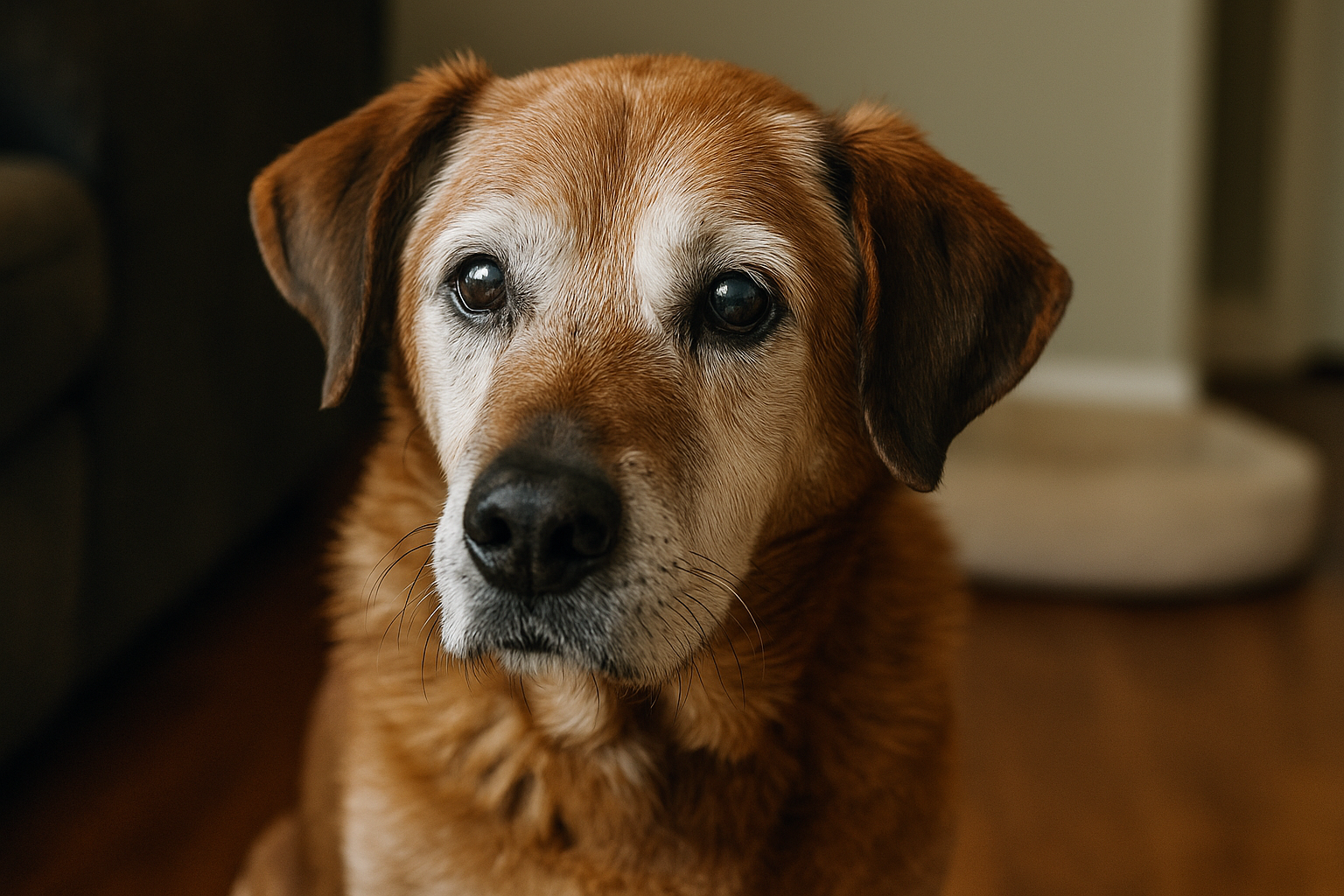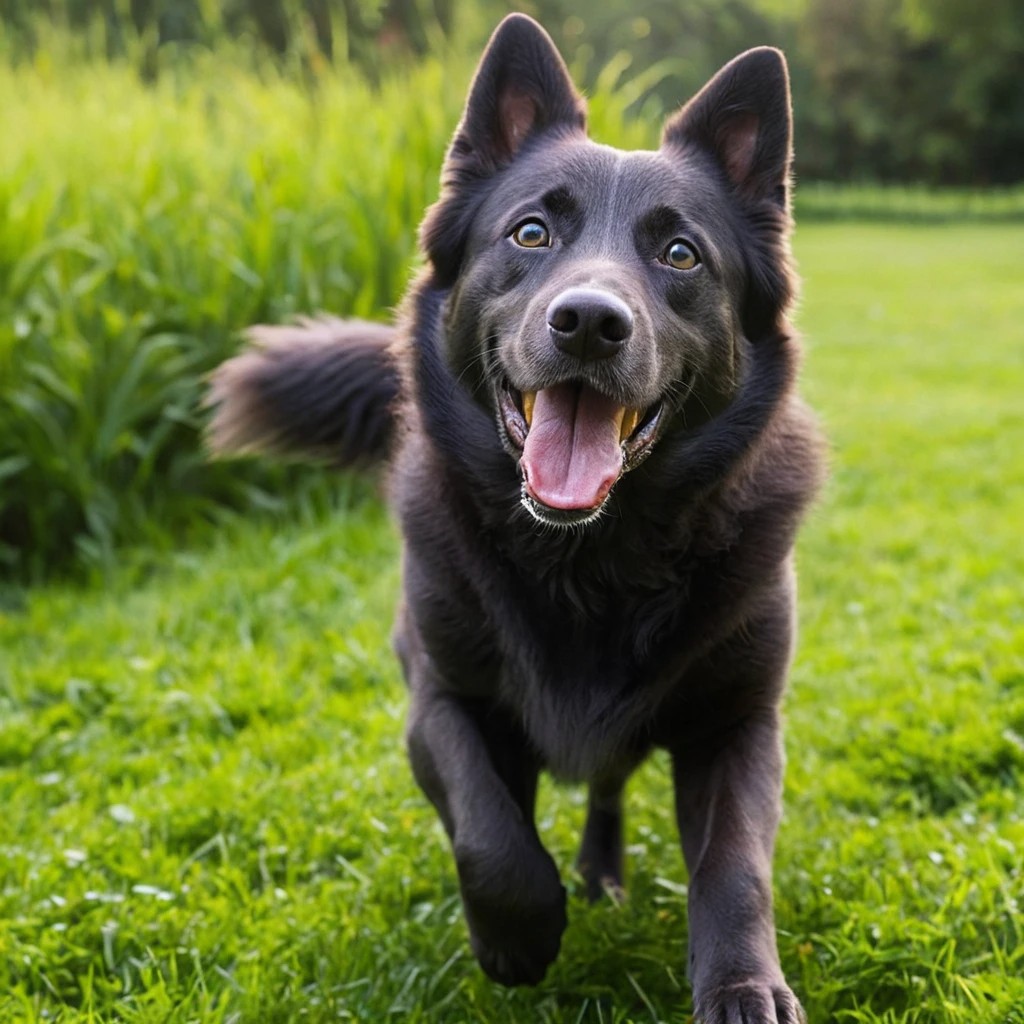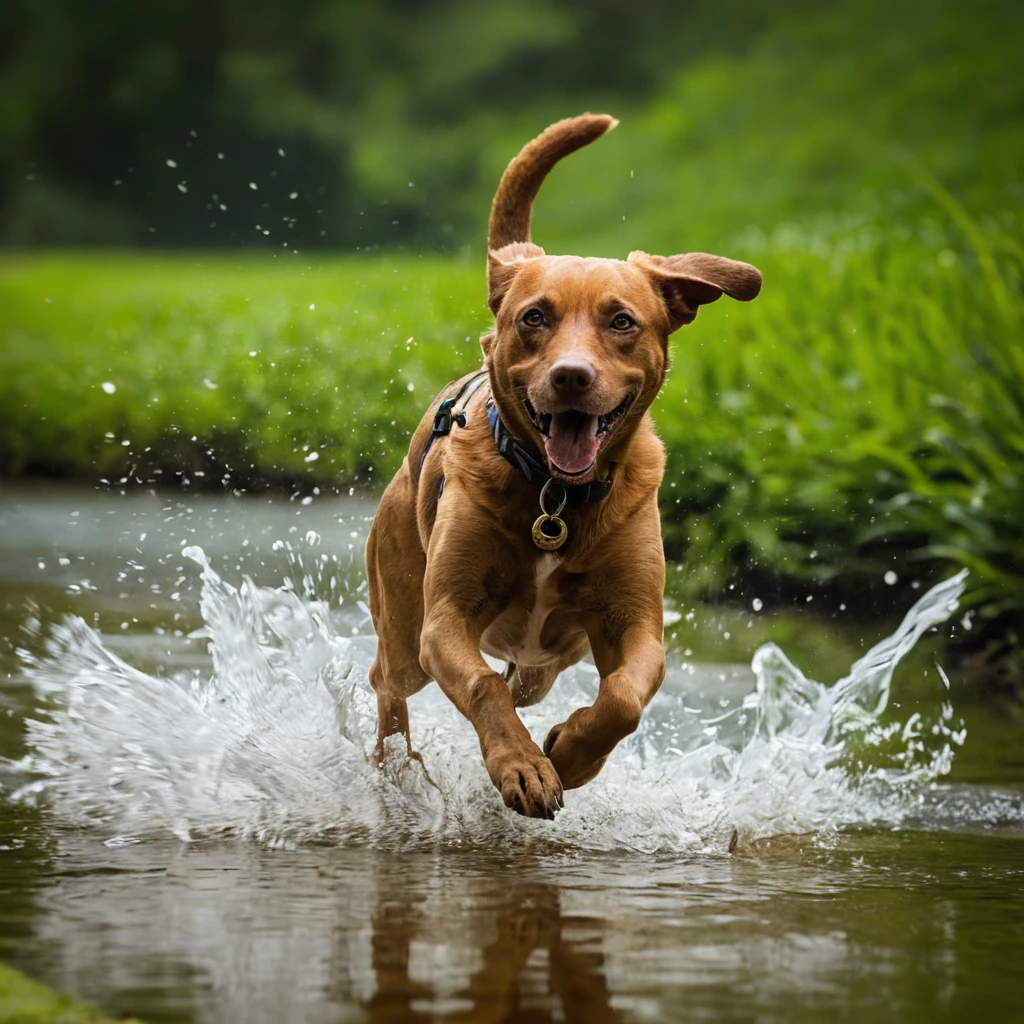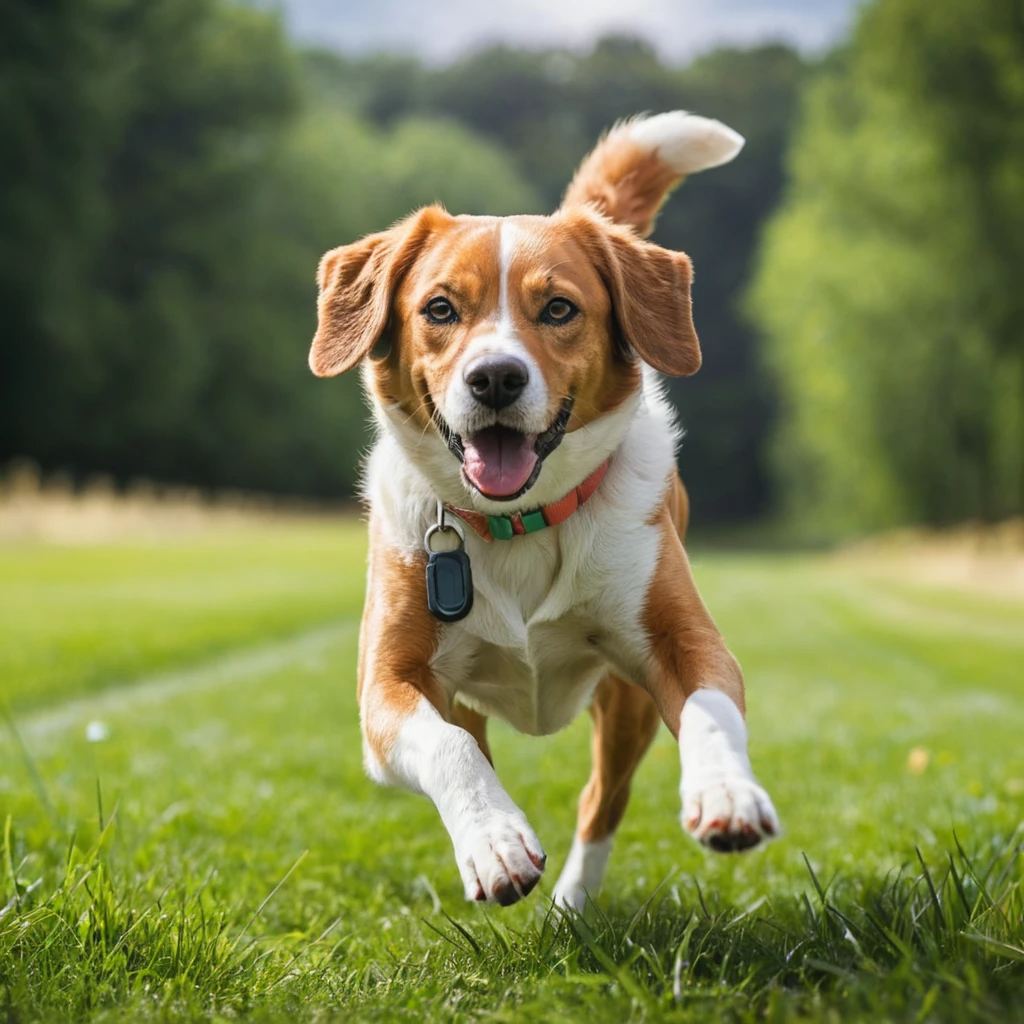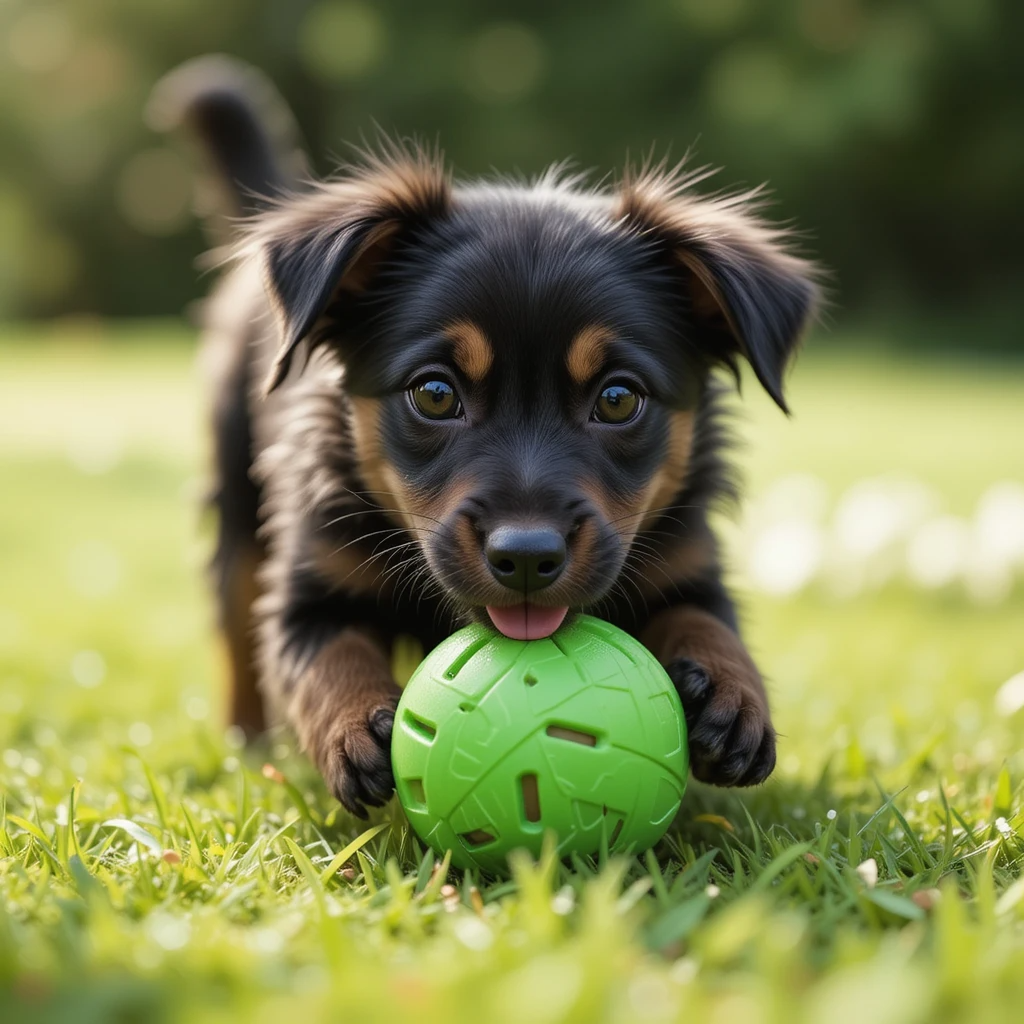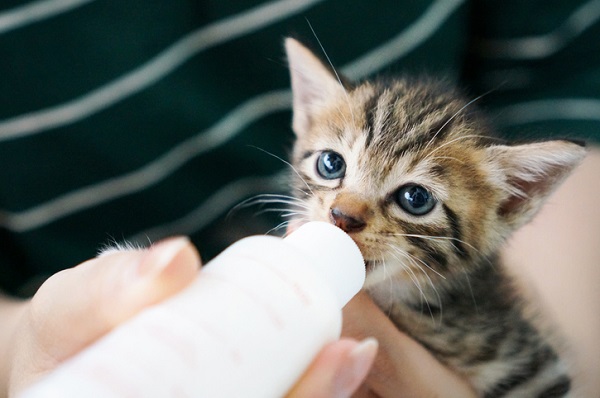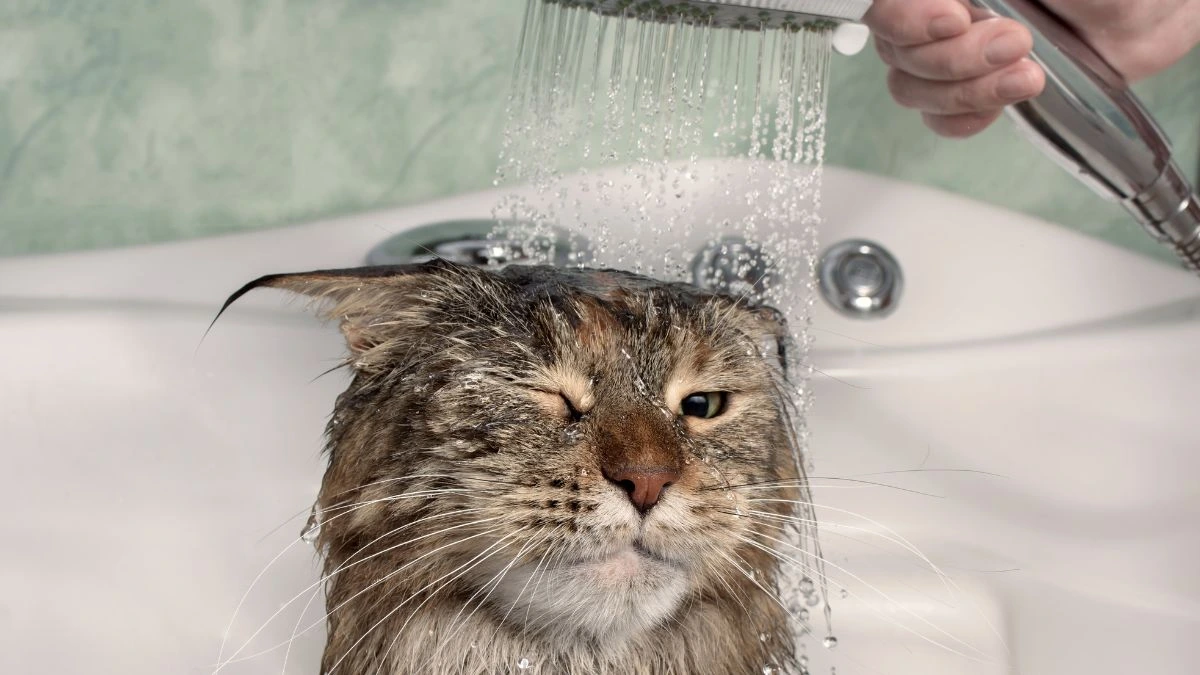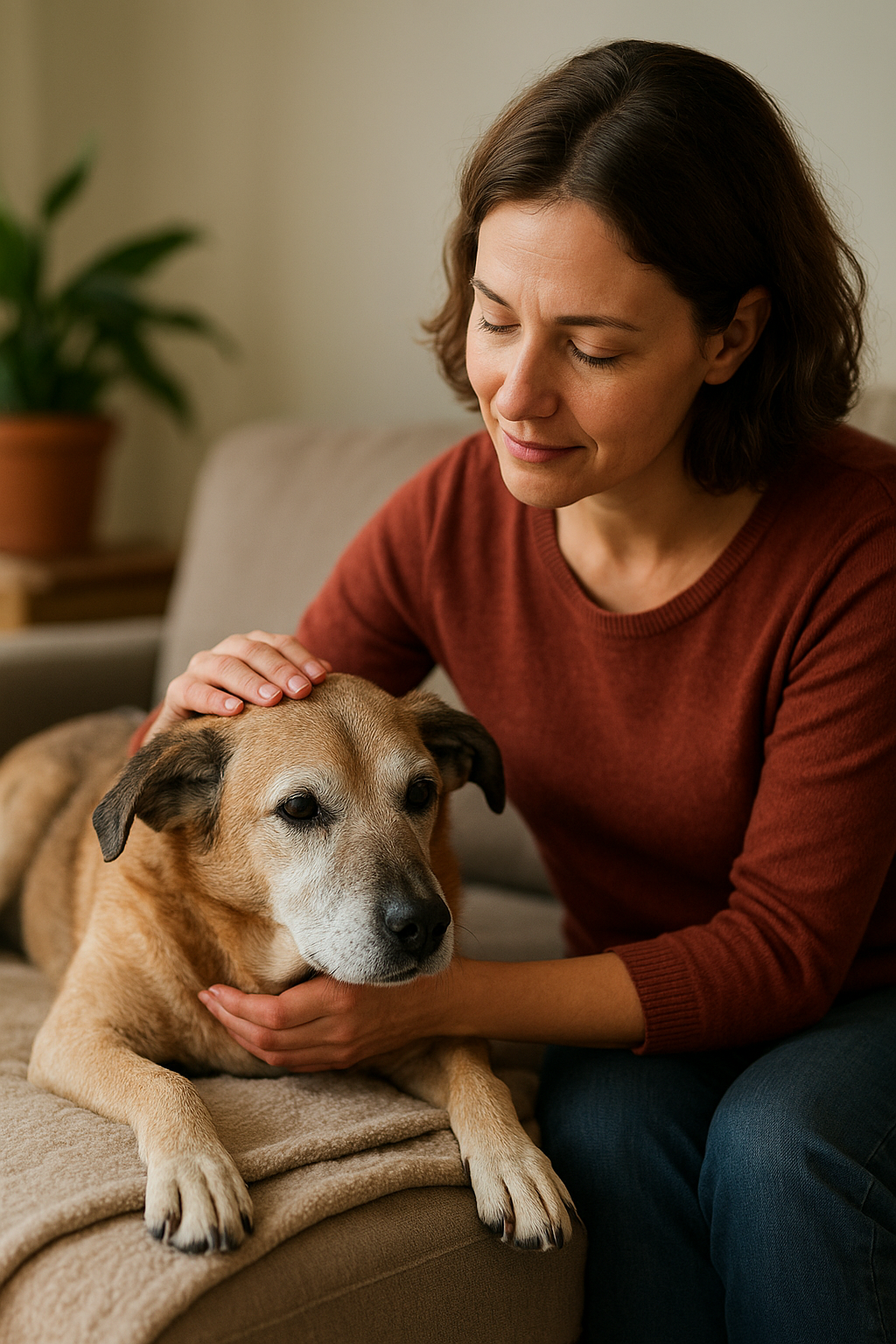À medida que seu cão envelhece, mudanças sutis podem surgir em seu comportamento, corpo e níveis de energia. Alguns sinais são normais, mas outros podem indicar a necessidade de cuidados veterinários ou ajustes no estilo de vida.
Reconhecer esses sinais precocemente permite que você ofereça cuidados proativos, garantindo que seu cão aproveite seus anos dourados com conforto e dignidade.
Este guia aborda os sinais mais comuns de envelhecimento em cães, como diferenciá-los de problemas de saúde e o que você pode fazer para ajudar.
Quando um Cão é Considerado Idoso?
A idade em que um cão é considerado “sênior” varia conforme seu tamanho e raça:
| Porte do Cão | Idade Sênior |
|---|---|
| Cães pequenos (até 9 kg) | 10–12 anos |
| Cães médios (9–23 kg) | 8–10 anos |
| Raças grandes e gigantes (acima de 23 kg) | 6–7 anos |
Cada cão envelhece de forma única. Genética, estilo de vida e saúde geral influenciam no ritmo do envelhecimento.
1. Redução de Energia e Atividade
Sinais comuns:
- Dorme mais que o habitual
- Menos interesse em brincar
- Dificuldade para completar passeios
- Hesitação para subir escadas ou pular
Como ajudar:
- Passeios curtos e frequentes
- Atividades de baixo impacto (natação, brincadeiras leves)
2. Problemas de Mobilidade
Indicadores de dor articular ou artrite:
- Rigidez ao levantar
- Mancar ou “pular como coelho” em escadas
- Lamber articulações
- Evitar pisos duros ou escorregadios
Como ajudar:
- Use rampas para acessar móveis
- Camas ortopédicas e tapetes antiderrapantes
- Suplementos articulares (com orientação veterinária)
3. Perda de Visão e Audição
Sinais:
- Esbarrar em móveis
- Não responder a comandos
- Ficar facilmente assustado
- Olhos opacos (catarata ou esclerose nuclear)
Como ajudar:
- Mantenha a disposição da casa inalterada
- Use gestos manuais para comunicação
- Colete em locais desconhecidos
4. Problemas Dentários
Sinais de doença dental:
- Mau hálito
- Dificuldade para mastigar
- Salivação excessiva
Riscos se não tratado:
- Doença periodontal
- Infecções sistêmicas
Como ajudar:
- Escovação diária com pasta canina
- Petiscos dentais e limpezas profissionais
5. Alterações de Peso
Possíveis causas:
- Ganho de peso: metabolismo lento, hipotireoidismo
- Perda de peso: doença renal, câncer
Como ajudar:
- Alimentação específica para cães idosos
- Porções controladas e check-ups regulares
6. Mudanças Comportamentais
Sinais de Disfunção Cognitiva Canina:
- Andar em círculos
- Esquecer hábitos aprendidos
- Inversão do ciclo sono-vigília
Como ajudar:
- Rotina consistente
- Brinquedos interativos
- Dietas ricas em antioxidantes
7. Incontinência Urinária
Possíveis causas:
- Bexiga enfraquecida
- Infecções urinárias
- Doença renal
Como ajudar:
- Aumente o número de passeios higiênicos
- Use fraldas ou absorventes laváveis
8. Mudanças na Pelagem
Alterações comuns:
- Pelos grisalhos (especialmente no focinho)
- Pele seca ou nódulos subcutâneos
Como ajudar:
- Banhos com shampoos hidratantes
- Escovação regular e monitoramento de caroços
9. Sensibilidade a Temperaturas
Sinais:
- Tremores no frio
- Intolerância ao calor
Como ajudar:
- Mantas térmicas (com supervisão)
- Evite exercícios em horários extremos
10. Aumento de Vocalização
Possíveis causas:
- Ansiedade
- Dor
- Perda sensorial
Como ajudar:
- Luz noturna para conforto
- Consulte o veterinário sobre medicação para ansiedade
Quando Procurar o Veterinário
Sinais de alerta:
✔ Mudanças bruscas de peso
✔ Dificuldade respiratória
✔ Vômitos ou sangramento
✔ Dor evidente
Check-ups semestrais são essenciais para cães idosos.
Dicas para um Envelhecimento Saudável
- Ambiente seguro e confortável
- Exercícios adaptados à capacidade do cão
- Estimulação mental diária
- Alimentação de alta qualidade para sêniores
- Paciência e carinho extras
Conclusão: Cada Fase Tem Seu Encanto
Envelhecer não diminui o amor do seu cão por você. Com cuidados adaptados, ele continuará sendo seu companheiro leal e feliz. Cada sinal de idade conta a história de uma vida compartilhada – e você pode tornar essa jornada mais confortável e alegre.
Seja o porto seguro do seu cão, e ele terá tudo o que precisa para viver bem até o final.

